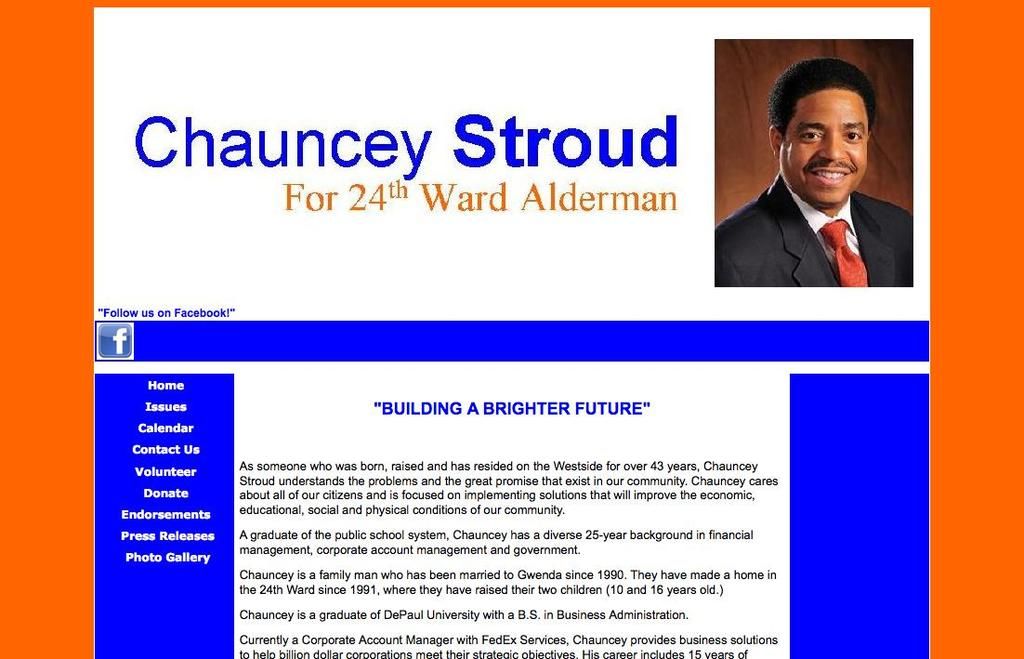Riding the Stock Market Rollercoaster: A Tale of the Dow, Nasdaq, and S&P
US equities facing a "death cross" signal, potential resumption of market downturn?
The U.S. Stock Market (Dow, Nasdaq, S&P 500) has surged since the April 7 low, buoyed by opportunistic buying, significant support zones, and short covering. Yet, investors' jubilation might be short-lived, as the domestic economy's prospects remain uncertain, and a technical analysis "death cross" pattern looms, hinting at a potential resumption of the market's downward spiral.
While Donald Trump's tariffs have temporarily boosted inflation expectations, concerns persist over their long-term impact on the economy. The Fed's wait-and-see approach on interest rates adds an additional layer of uncertainty to the market landscape.
Red Flags Ahead? The Death Cross Unveiled
The tech-savvy investor's eyes should be peeled for a discernible shift on the charts. The 50-day moving average, having crossed under the 200-day moving average, signifies a phenomenon dubbed the "death cross." This warning signal is often interpreted as a bearish indicator, suggesting a potential transition from a bullish to a bearish market phase.
For the Dow, Nasdaq, and S&P 500, the death cross's ominous significance can have far-reaching implications:
- Historical Trends: In the past, death crosses have been associated with major market downturns, such as during the Great Depression in 1929, the 1974 crash, and the 2008 financial crisis [3]. But it's crucial to note that not all death crosses lead to severe market corrections [2].
- Sentiment Shift: Crossing moving averages reveal a change in market sentiment from bullish to bearish, as short-term selling pressure begins to outweigh long-term buying pressure. Sellers then exert control over the market, potentially paving the way for further price decreases [4].
- Heightened Volatility: The appearance of a death cross can stir up market volatility, as seen recently in both the S&P 500 and Nasdaq. Increased volatility can trigger sharp price swings in a short timeframe [2].
Reading the Signs: Bull or Bear?
Despite the death cross's ominous connotations, its accuracy as a predictor depends on the current market conditions and the broader context. Here's what investors might expect:
- Bearish Prediction: The formation of a death cross suggests that investors should brace themselves for potential declines in the stock market. However, a full-blown crash is not guaranteed, as market conditions can shift rapidly [2][3].
- Downtrend Confirmation: For the death cross to be reliable, it should be followed by a prolonged downtrend. In the absence of a sustained downward spiral, the signal may be deemed false [4].
- Investment Strategies: Cautious investors may opt to reduce their stock exposure or switch to more defensive investment strategies based on the death cross signal. However, it is essential to combine this technical indicator with fundamental analysis and other market indicators to make informed decisions [1][4].
In conclusion, while the death cross may serve as a notable bearish warning, it is important to consider the broader context and factors at play in the stock market before making investment decisions. Forewarned is forearmed, as the saying goes—take heed of the death cross, but do not forget to keep a weather eye on the rest of the market casino floor.
- Speculators might need to reconsider their investment strategies, as the recent "death cross" pattern indicates a potential rebound from the bullish market phase to a bearish one.
- The decrease in long-term buying pressure could lead to an increase in stocks such as scholarships or bonds, as investors might seek safer assets during financially uncertain times.
- If the March rally in the stock market proves to be a short-lived celebration, the spectacular drop predicted by the "death cross" could dramatically affect the stock-market performance of companies across various sectors like technology, finance, and many more.
- The uncertainties surrounding the domestic economy and the Fed's interest rates, compounded by the "death cross" signal, could result in increased stock market volatility, potentially making investing a riskier proposition for both novice and experienced investors.







